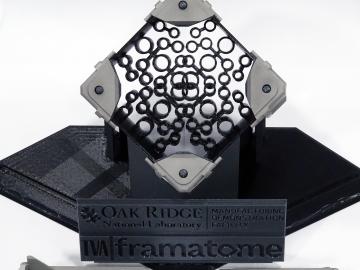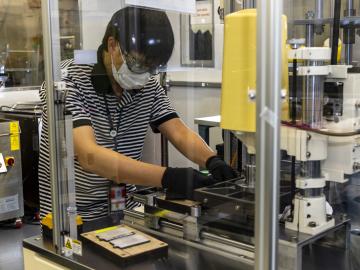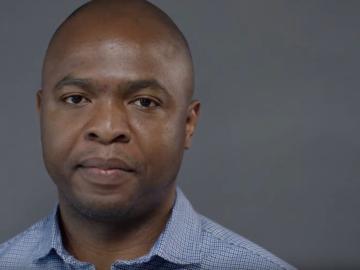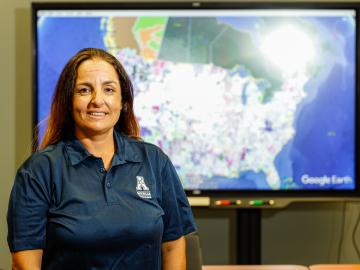
Filter News
Area of Research
- (-) Energy Science (31)
- (-) National Security (24)
- Advanced Manufacturing (2)
- Biology and Environment (9)
- Computational Biology (1)
- Computer Science (1)
- Electricity and Smart Grid (1)
- Fusion and Fission (19)
- Fusion Energy (4)
- Isotopes (3)
- Materials (38)
- Materials for Computing (4)
- Neutron Science (58)
- Nuclear Science and Technology (18)
- Quantum information Science (4)
- Supercomputing (34)
News Type
News Topics
- (-) Cybersecurity (13)
- (-) Grid (17)
- (-) Machine Learning (8)
- (-) Materials Science (7)
- (-) Neutron Science (5)
- (-) Nuclear Energy (4)
- (-) Polymers (1)
- (-) Quantum Science (2)
- (-) Security (8)
- (-) Space Exploration (1)
- 3-D Printing/Advanced Manufacturing (26)
- Advanced Reactors (2)
- Artificial Intelligence (8)
- Big Data (5)
- Bioenergy (11)
- Biology (6)
- Biomedical (3)
- Biotechnology (2)
- Buildings (14)
- Chemical Sciences (3)
- Clean Water (3)
- Composites (2)
- Computer Science (15)
- Coronavirus (7)
- Critical Materials (1)
- Energy Storage (23)
- Environment (23)
- Fossil Energy (1)
- High-Performance Computing (5)
- Hydropower (1)
- Materials (6)
- Mathematics (1)
- Mercury (1)
- Microelectronics (1)
- Microscopy (2)
- Nanotechnology (3)
- National Security (25)
- Partnerships (5)
- Simulation (1)
- Summit (3)
- Transportation (21)
Media Contacts

The Transformational Challenge Reactor, or TCR, a microreactor built using 3D printing and other new advanced technologies, could be operational by 2024.

Soteria Battery Innovation Group has exclusively licensed and optioned a technology developed by Oak Ridge National Laboratory designed to eliminate thermal runaway in lithium ion batteries due to mechanical damage.

ORNL researchers have developed an intelligent power electronic inverter platform that can connect locally sited energy resources such as solar panels, energy storage and electric vehicles and smoothly interact with the utility power grid.

From materials science and earth system modeling to quantum information science and cybersecurity, experts in many fields run simulations and conduct experiments to collect the abundance of data necessary for scientific progress.

Research by an international team led by Duke University and the Department of Energy’s Oak Ridge National Laboratory scientists could speed the way to safer rechargeable batteries for consumer electronics such as laptops and cellphones.

Researchers at the Department of Energy’s Oak Ridge National Laboratory (ORNL) in late February demonstrated a 20-kilowatt bi-directional wireless charging system installed on a UPS medium-duty, plug-in hybrid electric delivery truck.

Scientists at the Department of Energy’s Oak Ridge National Laboratory have developed a new method to peer deep into the nanostructure of biomaterials without damaging the sample. This novel technique can confirm structural features in starch, a carbohydrate important in biofuel production.

The formation of lithium dendrites is still a mystery, but materials engineers study the conditions that enable dendrites and how to stop them.

A typhoon strikes an island in the Pacific Ocean, downing power lines and cell towers. An earthquake hits a remote mountainous region, destroying structures and leaving no communication infrastructure behind.

Isabelle Snyder calls faults as she sees them, whether it’s modeling operations for the nation’s power grid or officiating at the US Open Tennis Championships.


